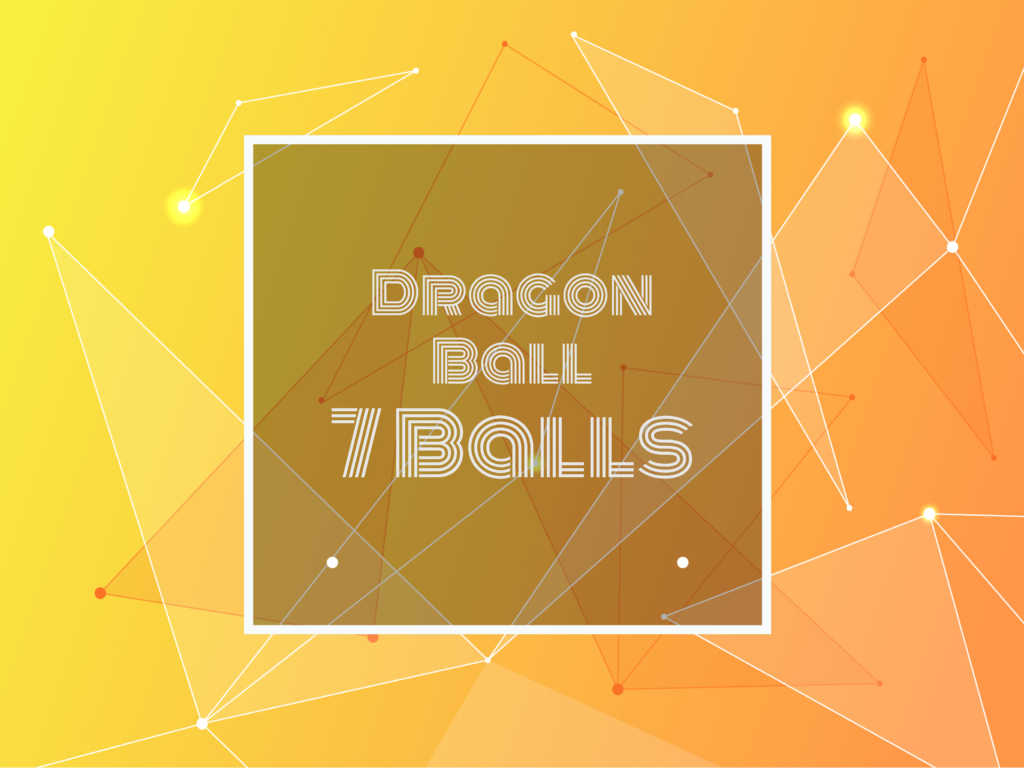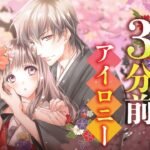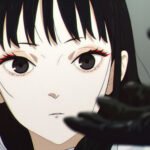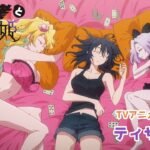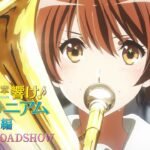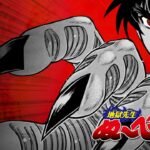I still remember my childhood excitement when I first discovered the legendary “Dragon Ball 7 Balls”—those glimmering orbs that promised an otherworldly wish. Growing up in Japan, I’d swap figurines with friends, all of us daydreaming about summoning Shenron. Three decades later, that same thrill resonates with fans worldwide. Part of Dragon Ball’s enduring magic lies in its cultural fusions: while the anime is Japanese, the hero’s name “Son Goku” (孫悟空) originates from the Chinese legend Sun Wukong (Journey to the West). Today, let’s explore how these seven magical orbs evolved from a humble plot device into a cosmic phenomenon, bridging myth, culture, and adventure.
Spoiler Alert: This article references key events from various volumes and chapters of the Dragon Ball series.
The Seven Dragon Balls: Core to the Saga
From Volume 1, Chapter 1, Dragon Ball establishes its premise: collect seven orange spheres, each embedded with a distinct star count (one to seven), and you can summon a wish-granting dragon. These “Dragon Ball 7 Balls” drive the series’ principal conflicts. Key examples:
- Emperor Pilaf’s comedic attempts at world domination (Volume 2, Chapters 11–20).
- The global quest against the Red Ribbon Army (Volumes 5–8).
Despite varying arcs, the hunt for these seven Balls remains the common thread that binds characters and storylines.
Specific Names & the Significance of “Seven”
Why seven? According to in-series lore (see Volume 14, Chapter 165), so that no single person can easily harness the power of all the orbs. Each Ball has a name reflecting Chinese numerals:
- 一星球 (Yi Xing Qiu) – One-Star Ball
- 二星球 (Er Xing Qiu) – Two-Star Ball
- 三星球 (San Xing Qiu) – Three-Star Ball
- 四星球 (Si Xing Qiu) – Four-Star Ball
- 五星球 (Wu Xing Qiu) – Five-Star Ball
- 六星球 (Liu Xing Qiu) – Six-Star Ball
- 七星球 (Qi Xing Qiu) – Seven-Star Ball
Notably, the series also draws inspiration from Chinese myth: “Son Goku” in Japanese is “Sun Wukong” (pinyin), reinforcing Dragon Ball’s rich cultural interplay.
The Wish-Granting Ritual
Gather all seven orbs, and the skies darken as you call out:
“Come forth, Shenron, and grant our wish!”
- In classic Dragon Ball, Shenron grants one wish (Volume 2, Chapter 12).
- Later arcs reveal updates by Dende, allowing two or three wishes (Volume 34, Chapter 404).
- After granting wishes, the Balls scatter globally and remain inert until they recharge.
Expanding Universe: Namek & Beyond
The Namek Saga (Volumes 17–26) introduced the Namekian Dragon Balls, managed by the benevolent Porunga. These orbs differ in size and grant three wishes. Later, Dragon Ball Super launched a cosmic twist:
Super Dragon Balls & Super Shenron
- Each Super Ball is planet-sized, hidden across Universes 6 and 7.
- Summoned by speaking a divine language in the “Champa Arc,” where Beerus competes with Champa to collect them.
- Super Shenron’s cosmic power can technically fulfill limitless wishes, restoring entire planets and even entire universes.
Essential Arcs Featuring the 7 Balls
- Pilaf Saga (Volumes 1–2): Bulma meets Goku, leading to Shenron’s debut.
- Red Ribbon Army (Volumes 5–8): A sweeping treasure hunt with specialized enemies.
- King Piccolo (Volumes 12–15): Piccolo restores his youth via Shenron, then kills the dragon (Volume 14, Chapter 166).
- Namek Saga (Volumes 17–26): Porunga emerges; multiple wishes become possible.
- Cell & Android Sagas (Volumes 28–35): Dende modifies Earth’s Dragon Balls.
- Majin Buu Saga (Volumes 42–49): Post-battle wish to restore Earth’s population.
- Dragon Ball GT (Anime Original): The “Dark Star” Balls and Evil Dragons explore overuse consequences (non-canon to the manga).
- Universe 6 / Tournament of Power (Dragon Ball Super): Super Dragon Balls reshape galactic battles with universal stakes.
Shenron vs. Super Shenron: Key Contrasts
| Category | Shenron | Super Shenron |
| Scope | Tall, Earth-bound creature. | Massive golden dragon spanning entire galaxies. |
| Wish Count | Generally 1–3 wishes, depending on upgrades. | Grants a single, boundless wish. |
| Language | Basic incantation. | Must speak the “Divine Language.” |
Cultural & Emotional Resonance
These “Dragon Ball 7 Balls” hold emotional weight. The Four-Star Ball, for example, symbolizes Goku’s bond with his grandfather (Volume 1, Chapter 1). Whether comedic side plots or galaxy-spanning fights, the orbs tie personal stories to grand mythological themes. Goku’s name itself reflects a cultural bridge: Japanese anime referencing a Chinese legend, appealing to an international fandom.
FINAL THOUGHT
It’s astounding that just seven wonderous spheres could power a franchise toward cosmic adventures, heartfelt reunions, and comedic diversions. Beyond their fantasy allure, the “Dragon Ball 7 Balls” connect characters, cultures, and generations of fans who continue to be inspired by Goku’s tenacity—whether he’s known as Son Goku in Japan or Sun Wukong from Chinese lore.
From that first Earth-based scuffle to the jaw-dropping showdowns with Super Shenron, the “Dragon Ball 7 Balls” have anchored the series in relentless charm and creativity. They embody the magic of cross-cultural storytelling and timeless heroism, ensuring Dragon Ball remains beloved by diehard fans and newcomers alike.
References
- Japan Wikipedia ドラゴンボール (架空の道具)
- Japan Wikipedia 神龍 (ドラゴンボール)
- Pixiv (Japanese) 神龍
Below are articles related to this topic. If you’re interested, feel free to explore!

